6 classics that don’t match their mythology
Anyone who’s ever read a comment section online knows that there’s no shortage of “expert” opinion out there extolling the virtues and vices of our favorite rides. Much of it is based on second- and third-hand experience, or even outright hearsay. That doesn’t stop the momentum from building, though, and before long a car gains a reputation that may or may not accurately represent the actual ownership experience. After having 40+ cars pass through my often-undeserving hands, I’ve developed a few opinions of my own, often running contrary to conventional wisdom.
1963 Buick Riviera
I’ll concede I’m probably not the target market for a first-gen Riv. Floating down a perfectly paved freeway for hours on end isn’t what I’d choose to do behind the wheel, even if I knew of a such a road anywhere near me. But that’s what the Riviera excelled at, sort of. Its undulating ride was more disconcerting than cruise-worthy. It had the turning radius of a city bus, and its puny brakes may have set a postwar record for largest inverse relationship between horsepower and stopping ability. And don’t get me started on the numb power steering. While the Riviera was certainly attractive, as a driver, it fell miles short of Bill Mitchell’s aspiration to build an American Ferrari. I sorely wish that Mr. Mitchell had been able to pry some brake, steering and suspension mojo from the excellent C2 Corvette. Sleek styling wasn’t enough to forgive its ills, so I’m forced to say the Riviera is overrated.
1965 Jaguar E-type
The Series I E-type is undoubtedly a good-looking car, regardless of whether or not you believe the story of Enzo Ferrari calling it the most beautiful car he’d ever seen. What is rarely talked about is how well the car drives, even by modern standards. It’s the opposite of the Riviera in that its chassis dynamics were commensurate with its good looks.
The Jag’s rack and pinion steering is delightful, communicative, and precise. Power assist isn’t even needed. The post-1964 all-synchro four-speed is a joy to shift, and its 4.2-liter dual-overhead cam straight six, while not rev-happy, makes good torque and more than adequate power. That said, I suspect its advertised 265 hp may have been a touch ambitious. No matter, at just under 2,900 lbs., it was good for 0-60 in about seven seconds. D-Type-inspired four-wheel disc brakes were good for the time, and while the car was set up more for GT-style driving than track-ready handling, if you could deal with the body roll, you could have fun exploiting the car’s power and near 50/50 weight distribution.
The car isn’t without its peccadilloes, particularly with regard to its electrical system. But ultimately, when you look at values of its more exotic competition relative to their performance and livability, The E-Type begins to shine. For that reason, I find this cat a bit underrated.
1971 Datsun 240Z
I’ve owned four first-generation Z cars, though I’ve never kept one for a long time. There’s a reason for that: of any car I’ve owned, the corner-cutting to achieve a bargain base price is most evident in a Z. There’s almost no sound deadening to be found anywhere in the car, from the floors to the lightly padded, vinyl headliner, and as a result the freeway drone is maddening. In addition to the gratuitous noise (I will admit that the actual exhaust note is pleasing), in any significant crosswind, the early Z’s freeway wander is downright scary. The BRE front spoiler helps, if only a little. Inside, the plastic quality is backyard kiddie-pool spec.
I suppose it’s not really the car’s fault—it’s so pretty, and it handles and performs so much above its class that you expect the details to be as nice as a Porsche 911. They’re not, so I’ve always considered the Z to be a bit overrated.
1979 Porsche 924
If ever there was a car for which I had low expectations, this was it. I’m a multiple 911 owner, and before this car, I’d never owned any flavor of transaxle Porsche—certainly not the one deemed to be the worst of them, the original Audi-powered 924. I bought the car for $2,000 to do a “2,000 miles in a $2,000 Porsche” story for the magazine that I edit, Porsche Panorama. It was a middling road trip story at best, mostly because the car gave me zero material to work with. Nothing broke, though if it had, I think I could have solved most of it on the roadside because of the car’s inherent simplicity. Was it a little buzzy and underpowered? Yes, but the car’s beautiful balance, solid build, and sturdy honesty made up for that. As did its attention to aerodynamics, which gifted the 924 a lack of wind noise and near 30-mpg thrift on 87 octane fuel. Subjectively, I also found it quite pretty. The 924 surprised me in the best ways, and since then, I’ve considered it the essence of an underrated car.
1975 BMW 2002
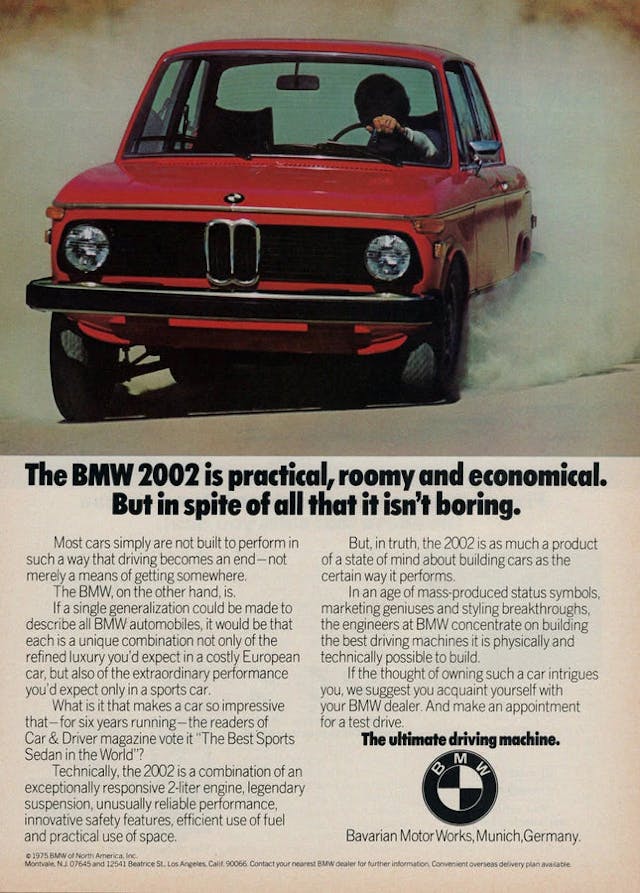
My 2002 was the exact opposite of the 924. The little Bimmer was a car for which I had huge expectations, most of which went unfulfilled, particularly in light of David E. Davis Jr.’s assessment that the BMW 2002 was the best way to get somewhere sitting down. It’s not that there weren’t any positives. The 2002’s driving position and outward visibility were top notch, but I found the car to be buzzy and underpowered in a far more egregious way than I found the 924. The lack of fuel injection combined with crude emission controls made for annoying flat-spots in the power curve. The car’s ventilation is largely theoretical—no face level dash vents at all, just ancient vent and quarter windows, and a sunroof if you’re lucky. The fake wood applique on the dash reminded me of a VW Scirocco. The steering that I expected to be super-quick was somewhat heavy and a little dead on center. Truth be told, by the time my 2002 was built, it was a fairly ancient design, and the injected 2002 tii was the spec that you really wanted. That said, I found the 2002 to be a generally overrated car.
1968 MGC GT
I actually had the experience of owning an MGC and a Datsun 240Z at the same time. Odd, because the C is the car that the Z wiped off the face of the earth. The MGC is the rare, six-cylinder version of the MGB that was deemed in-period to be an utterly inferior car to the Japanese upstart. I didn’t find that to be the case. In spite of their wildly differing reputations for quality, the MG felt more expensive in every way—the seats were covered in good-smelling leather, the chrome-ringed Smiths gauges looked nicer, and the whole car just felt more solid. As a freeway cruiser, there was no contest—the MG was somehow nearly impervious to crosswinds, something I discovered when I got caught in 65 mph gale-force winds on I-5 in between Seattle and Portland. With the overdrive engaged in fourth gear, it was also much more relaxed at speed than the Z. With its independent rear suspension, the Z was a better handler, but with the proper tire pressures (this is critical for the slightly nose-heavy MG), the C was no slouch either. On the whole, I found the MGC GT to be vastly underrated.
What about you—did your time in one of these cars dissuade you from the mythology that surrounds it, or confirm its greatness? Which car have you owned that provided the biggest contrast to how it’s perceived?
***
Check out the Hagerty Media homepage so you don’t miss a single story, or better yet, bookmark it. To get our best stories delivered right to your inbox, subscribe to our newsletters.
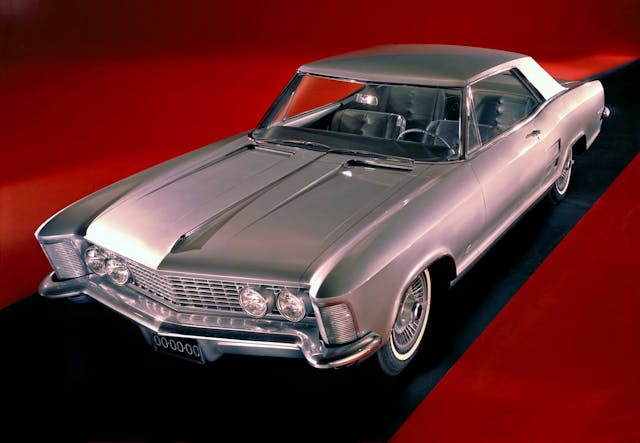
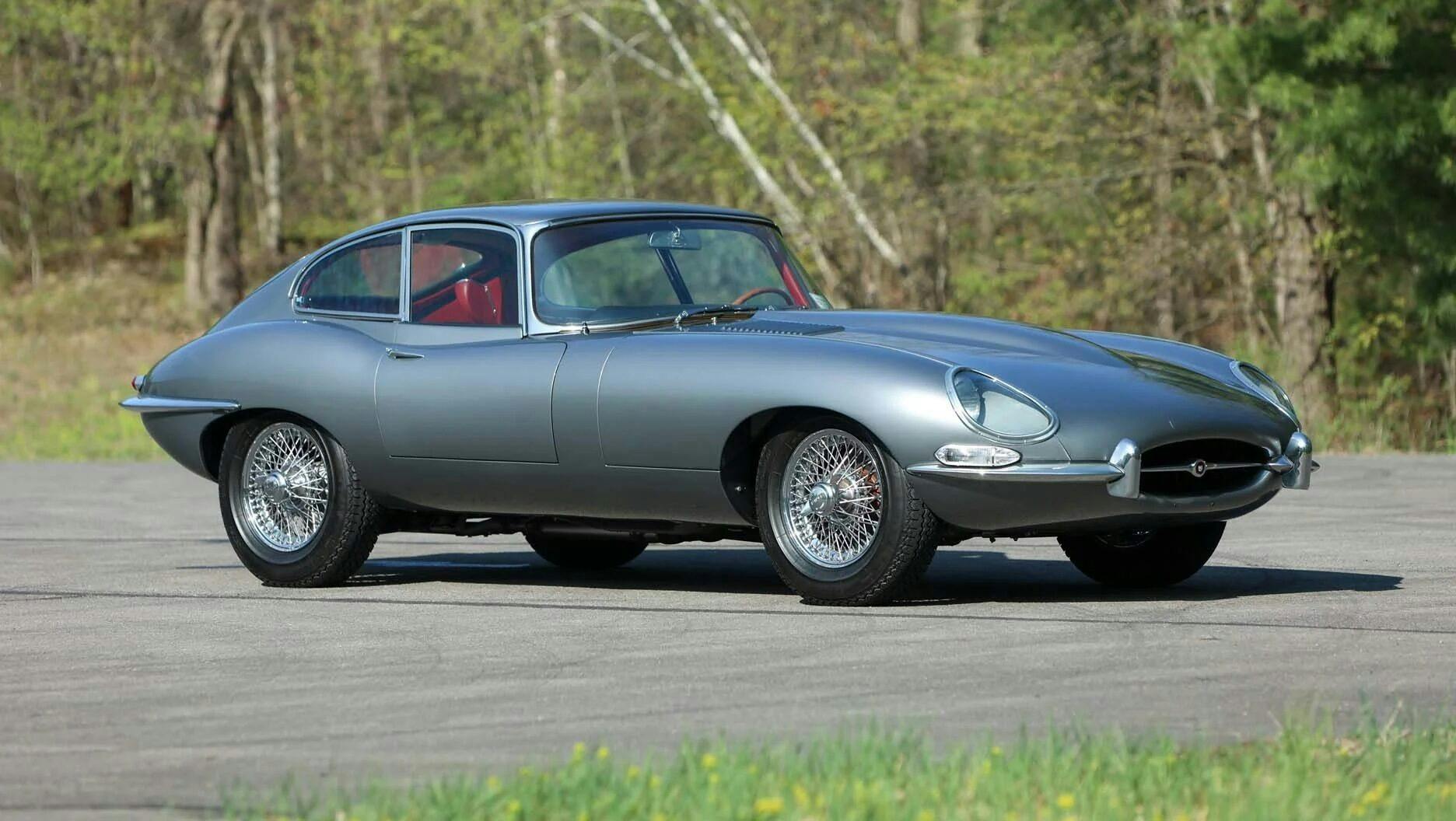
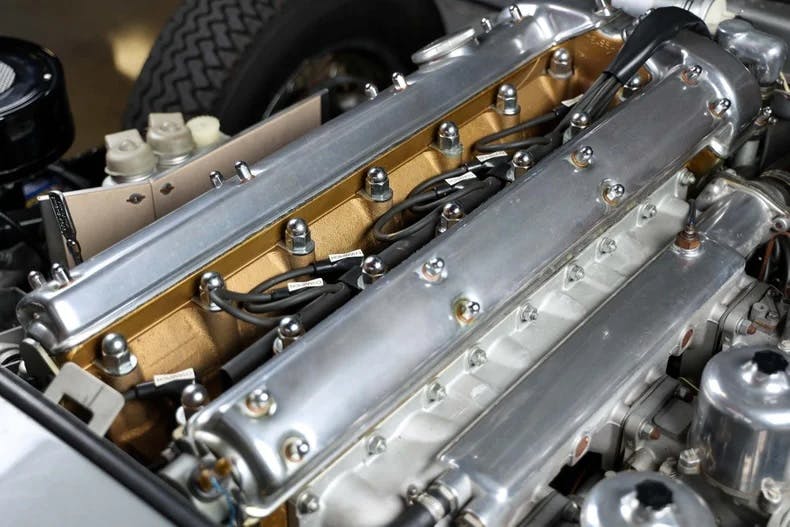
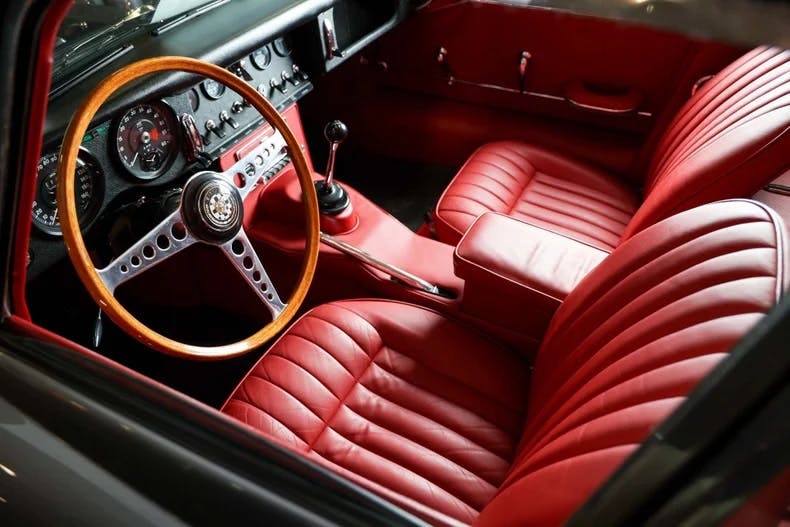
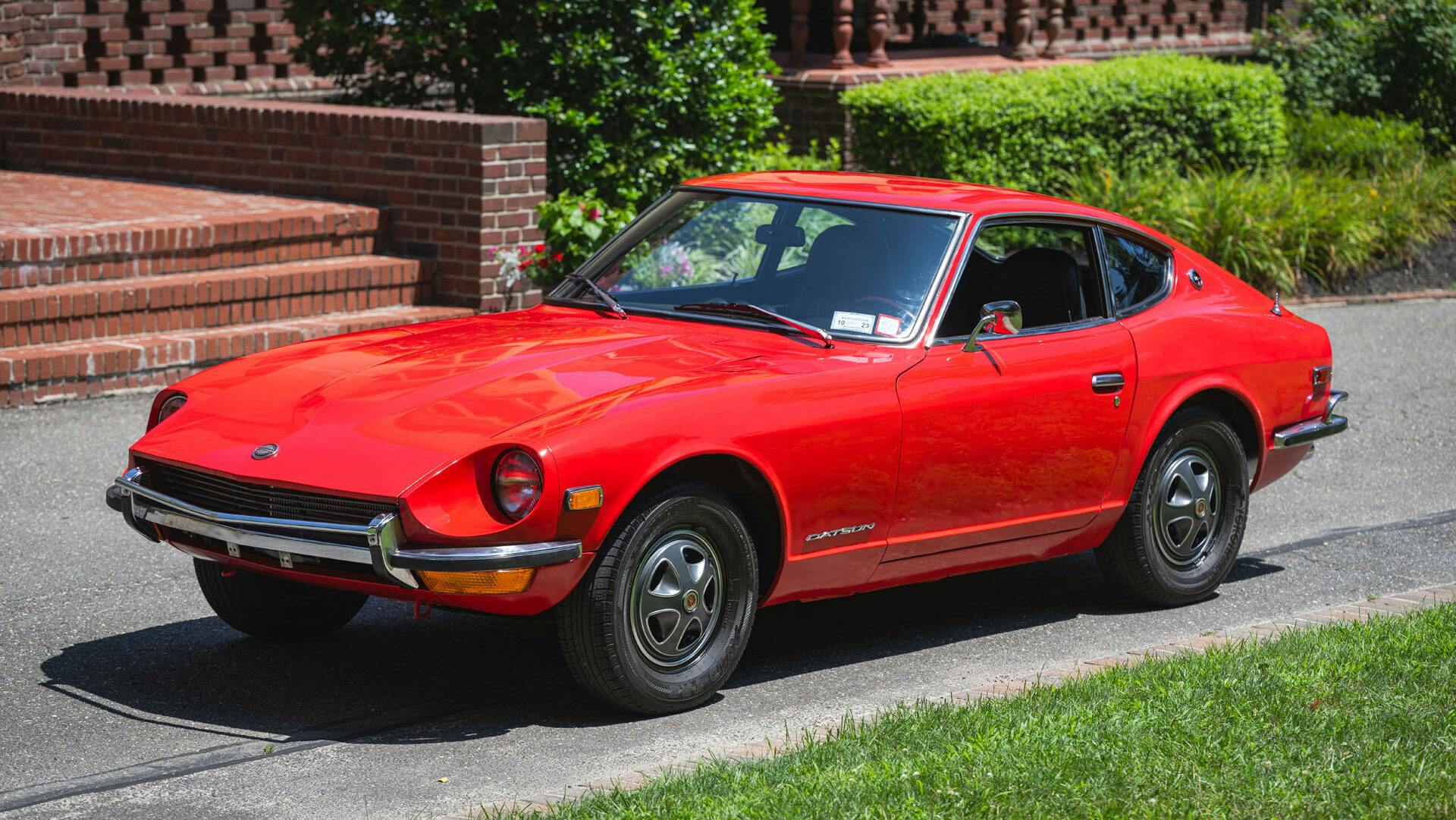
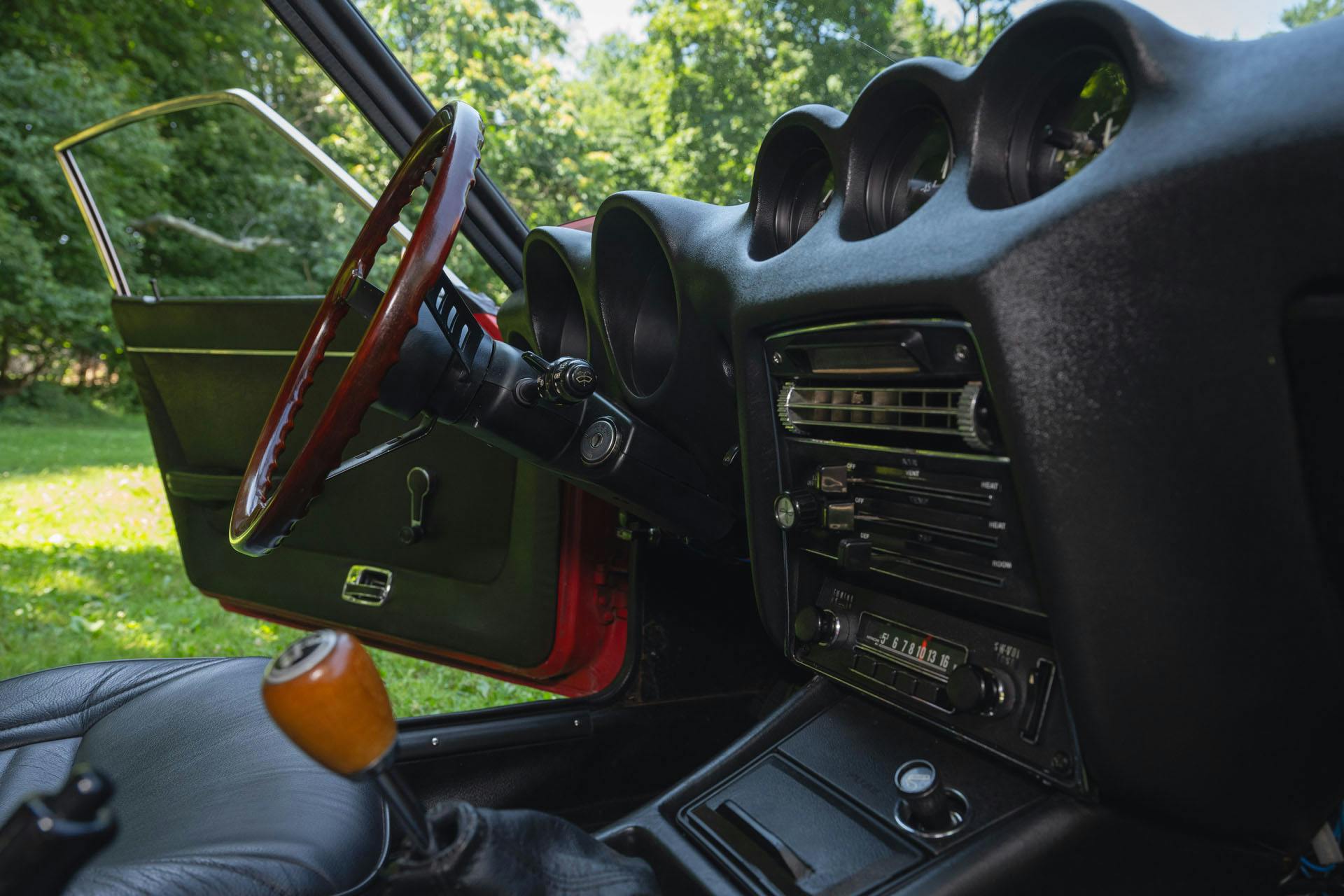
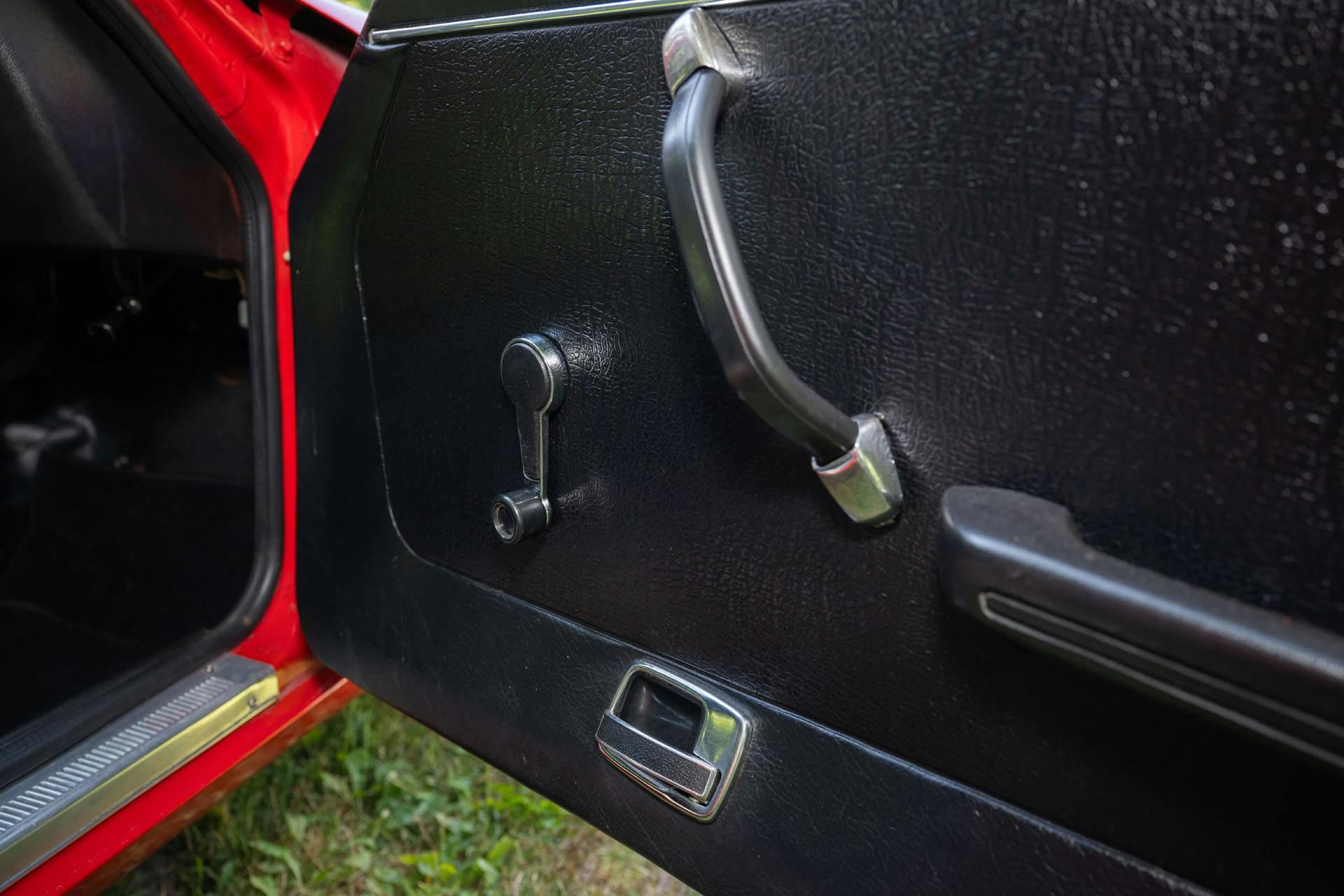
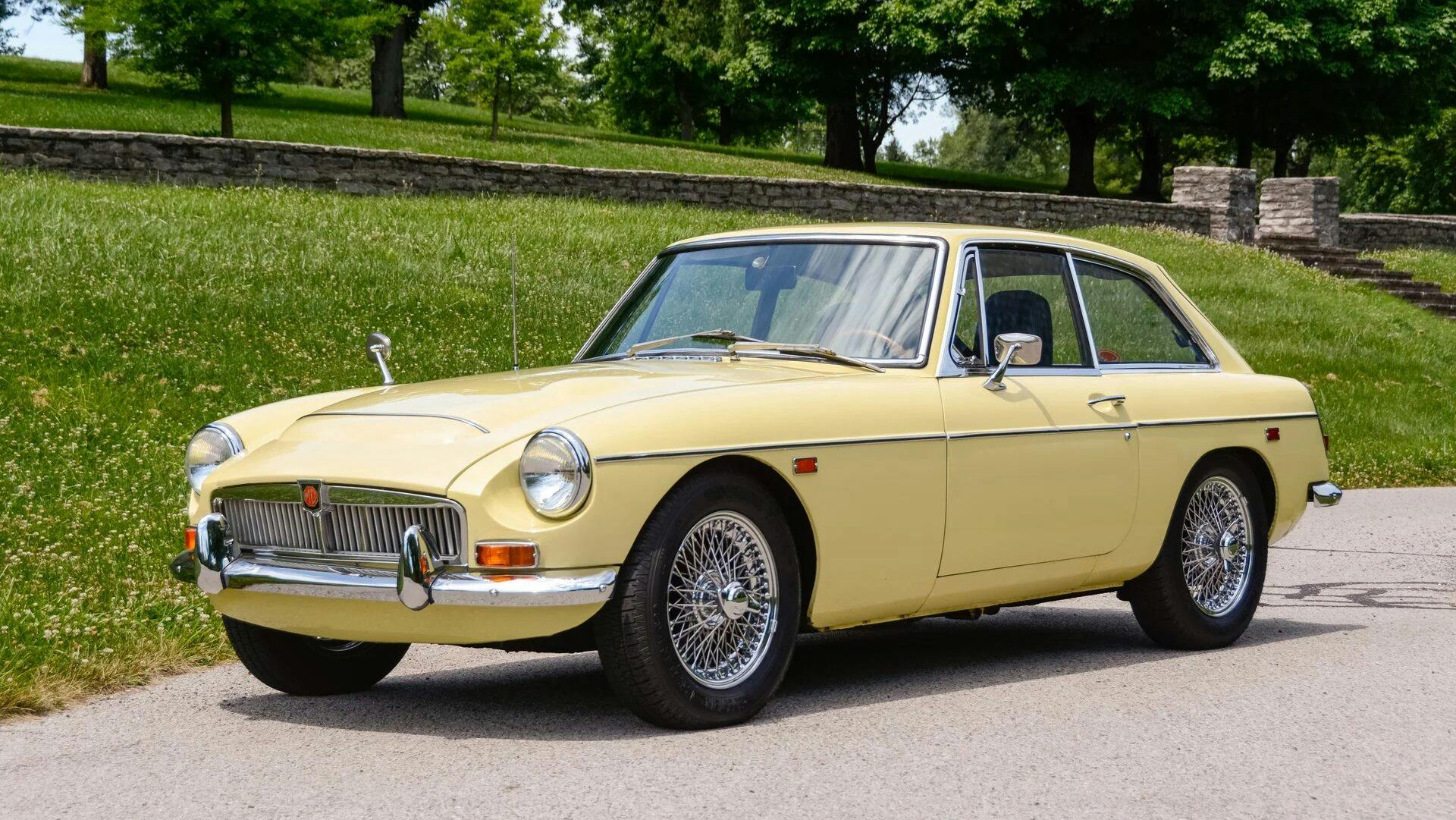
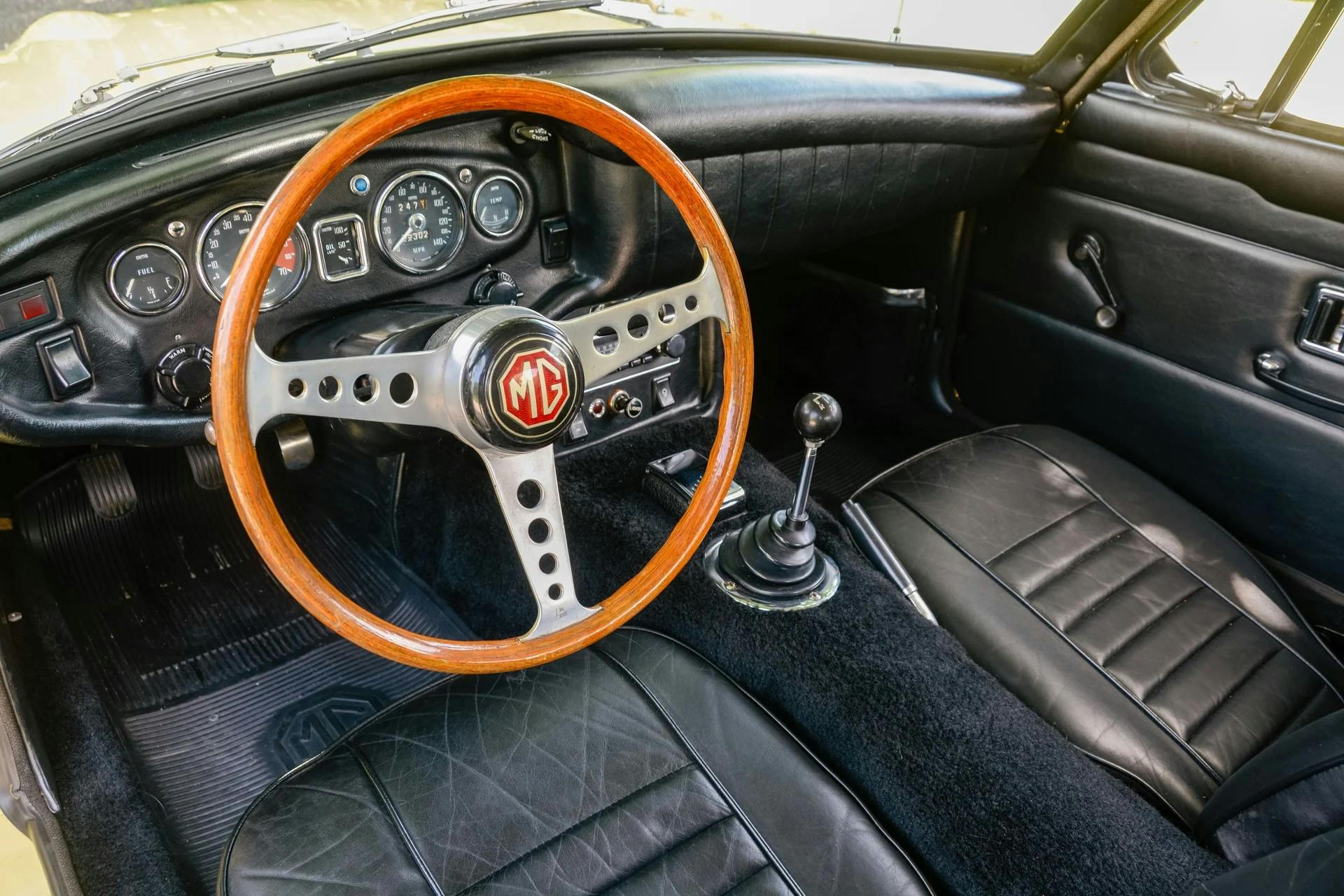
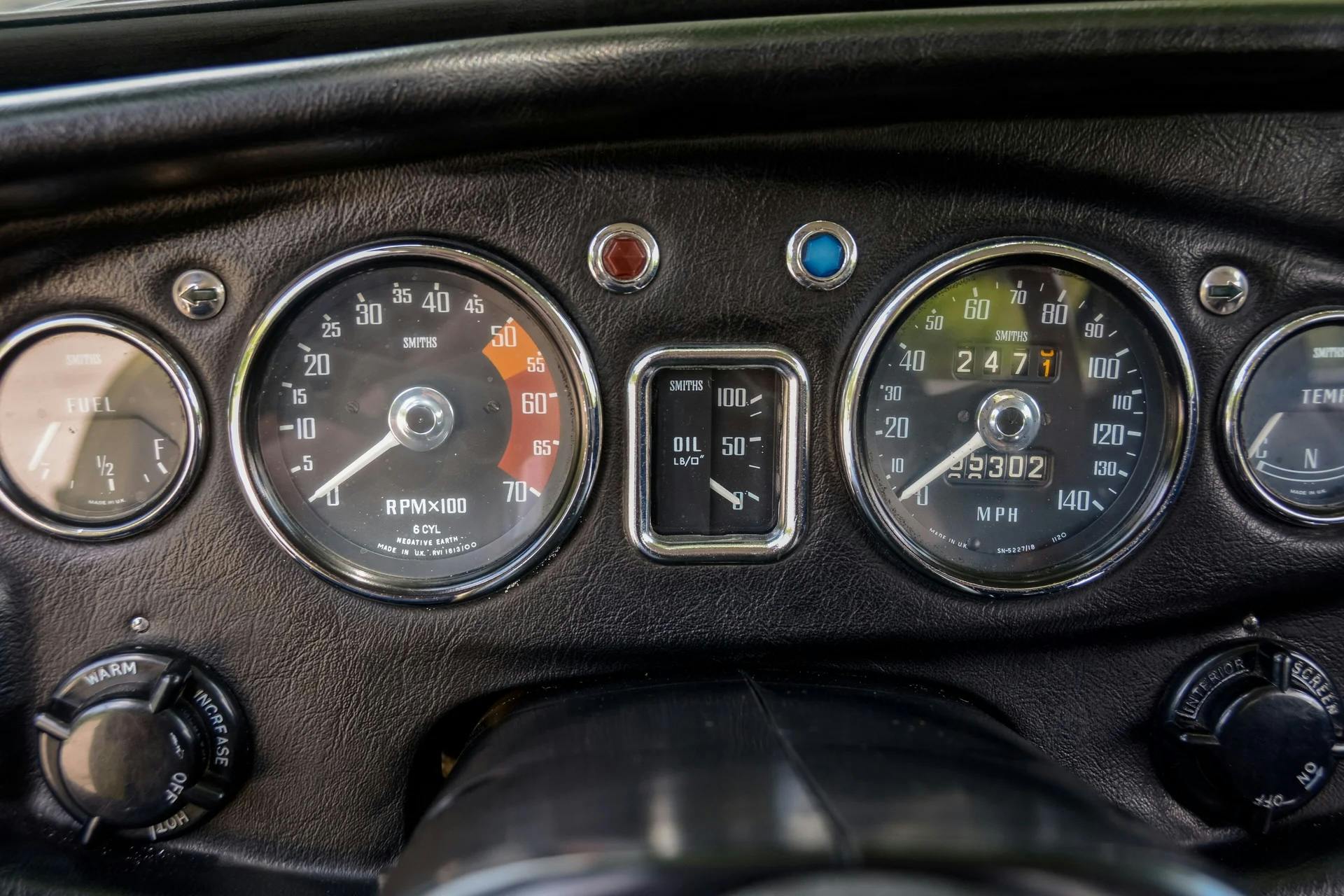


Riviera isn’t as bad as ur trying to make it sound. Owened a few loved them drove them for miles no problems.
Author is a Cool Canyon Carving Californian or wants to be at least.
I have to agree that old American cars are incredibly dangerous to drive on twisting, winding roads, but they’re at their best on the highway
i think at one point or another, all of these cars had an appeal to me. the z made a decent GTO kit conversion donor. the MGC i liked for it’s slightly more practicality over it’s more popular convertible cousin. the riviera had many really cool designs over the years… 54, 65 clamshell headlights – just don’t work as a bouncer in a redneck bar, 69, 70, 71-72 boattails… the porsche is surprising from a repair and mpg standpoint which as a kid one didn’t expect either, porsche meant fast, exotic, foreign to me. several times almost got a 2002 based on their reputation earned or not, but then these days most are rust buckets – much like the Zs… hands down, i’d still want a cat – but preferably not with the wire spokes that have to be individually tuned
I have input for two of these cars, one of which opposes the author’s experience. That one is the 240Z, which my mother owned (a ’71 model) for nearly 25 years. Okay, it wasn’t designed to be a quiet luxury ride; the company hadn’t yet up-started its “Infiniti” label. But it was a most impressive way to learn how to operate a manual transmission under my mother’s tutelage. Plus, she had been able to smoke out nearly every puffed-up drag-racer that made the mistake of daring her to a race. Another plus, that car had been through enough run-ins to put half a dozen other cars into the scrapper, yet it was repaired, restored and revived, and ready for more. So, I have to oppose the author’s judgment, calling the first Z-Car underrated. I’ll always hold a sentimental liking to the 240Z.
The second, which I concur with the author for the most part, is the B-Mer 2002. I acquired a ’76 model, which was 99% identical to the ’75 mentioned here, in late-2001 as a quick replacement for a statutory-total of a ’93 Grand Am (that’s a long story). Though not really the kind of car I gravitate to normally, I thought it cool to drive a 2002 in 2002; I could tell people I drove a 2002 B-Mer and not really be lying! If my mother’s Z got me started in manual proficiency, this car honed it into a mastering of that skill; driving a manual-shift car with an unresolvable ignition problem, in a city known for hilly terrain. With that car, I learned how to manipulate three pedals with two feet and not fall prey to metropolitan traffic. Although the ignition system had a simple point distributor which should have been simple to fix, it wasn’t; part stores had points on their books, but not the condenser, which has to be replaced at the same time. Therefore, I never was able to cure a stalling-out coasting at 20 to 30…but that was a small irritant compared to the big irritant, which the author failed to bring up: Those B-Mers were never known for great assembly, be it the crumbly plastic interior pieces that could make a Z’s interior look lush, or the corrosion treatment these cars were never given. The 2-series B-Mers rusted with great vengeance, not merely in the sheet metal but also in the critical structure points. In the 2-1/2 years I had that car, its rear shock towers ate themselves away, effectively planting the springs and shock absorbers inside the trunk without my having to put them there. That was what forced me to give that car up and draft my current ride into full service in 2004, though it was still not yet ready for prime time. I do still have a bit of a soft spot for the 2-series enclosed golf carts, but I can’t picture myself driving one again. I am grateful for the master-training in manual-shift that it gave me with that irritating ignition problem…but the propaganda ad BMW published seriously overrated that model.
I’ve never driven a 2002 but I drive today’s incarnation of it, the BMW i3. Lots of interior space, great outward visibility, and in the 0 to 40 mph space of city driving, there isn’t anything that is faster. I enjoy showing noisy cars my taillights. Someday, an article like this one will include the i3 rather than the 2002.
I have zero seat time in any of the aformentioned cars, but I do have a similar story.
One of my all time dream cars, since I saw Vanishing Point (the remake, then the proper one a year later) at the age of 15, the ’70 Dodge Challenger. It sat high on my dream car throne for little more than a decade and a half, being worshiped every day for it’s excellence and beauty by this peasant who hoped to one day get one of his own.
I got to go for a ride in one a few years back, and on paper, it was THE car. Original 70 Challenger R/T convertible, GoMango orange, black treatment on the power buldge hood, white longitudinal side stripes, white interior and top plus a go wing at the back. Originally a 383 car, now sporting a mild 440. 727-auto. Beautifully, yet older, restoration. It was great – until I sat in it…
It was everything I had read from the period road test. The bucket seats where HARD and you sat ON it, not IN it. Legs where straight out, really uncomfortable for the lower back. If felt cheap and rattly, doors sounding like a hardware store exploding when closing the door.
Yet it looked so good, on the streets, in the reflections, on my wall and on my computer. But it didn’t feel like half the car they’re praised as. Performance? Bar non. Really great. But the ride? No… Stiff up front, squishy and wallowing in the back. Sure, it was a convertible, but come on!
I thanked for the ride, but I exited the car a broken man. Half my life wasted dreaming of something that didn’t life up to the hype and expectations. My expectations.
I sat in my ’70 Ford Torino Brougham and thought “I’m never letting this go.” It was a much better car.
Although, It might not quite reach the same performance level of that 440…
What planet does a man live on where a Jag E type is Underrated..?
I’ve never heard anything but salivating praise about every aspect of the car. I personally don’t care for them at all but then again, unlike the author, I live in one of those endless freeway parts of the country.
Datsun 240Z: Overrated
“I’ve owned four of them”
Yes, LOL a very overrated car the author can’t seem to get away from. I’m on 240Z number 3 and it’s still the benchmark for a minimalist fun motoring experience.
I chose a 1973 Gremlin X over the 240Z because the Zee payment would cost $10 more per month. Learned a lot from that decision and never made that mistake again.
Let’s not forget the Corvair, especially the Late Models with rear suspension similar to the C2 Corvette. Ralph Nader is always associated with the Corvair, but until you have driven one you’ll never know how wrong he was. They had good brakes, especially in the Late Models which shared the same brakes with the Chevelle and 1st Gen Camaros.
I’ve owned a couple of Rives over the years, a 64 & 65. They both handled and stopped well for their time frame. I’m a fast driver and understand the steering geometry and suspension limits. Perhaps Mr.Sass attend a driving course or two.
A very thought-provoking article. Many of the classics we worship might have been styling, performance, or handling wonders in their day, but don’t measure up to modern standards. In fact, they often don’t measure up to our memory of what we thought those cars were like. In the immortal words of Dylan: “What looms large at a distance, up close, ain’t never so big.”
I’m a bit slow getting caught up on my reading and hence late to the party on comments, but have to say I drove a ‘76 280Z 2+2 for 23 years and did all my own maintenance. The writer impresses me that he is holding vehicles produced 50-60 years ago to today’s engineering standards. Nevertheless, I found the Z car to be a very pleasant car to drive. My first of four was a 2+2 followed by two coupes and the last 2+2 I put about 200,000 miles on and sold it only because it was needing some rust repair on the uni-body I didn’t have the time to complete; though I wish now I had kept the car. The 1972-1978 Z -cars were never intended to be a “luxury/touring” automobile but more of an inexpensive sport vehicle. They didn’t come with power options in steering, windows, seats or door locks. Automatic transmission, power brakes and air conditioning were about the only options. My 2+2 handled quite well on the highway all the way up to 130+ mph. The only “downside” was the lack of power steering when trying to parallel park but as long as the car was still rolling, it was easier to turn the steering wheel. So what if the sound deadening material was lacking? It’s not a freaking Cadillac! If you want a quiet ride, go buy something different! Sheeeesh!